Buh-bye: Stickers that allow EV drivers to travel solo in car pool lanes expire Wednesday
Published in Business News
One of the perks of driving an electric vehicle in California is about to go away.
The state’s Clean Air Vehicle Decal program that allows drivers of zero-emissions vehicles to drive alone in the high occupancy vehicle (HOV) lane expires, effective at 12:01 a.m. Wednesday.
With rush-hour traffic jams and clogged freeways a fact of life in California, the stickers act as an incentive for people to buy electric vehicles, plug-in hybrids and hydrogen fuel cell cars. It’s estimated that 465,000 vehicles across the Golden State have active decals attached to them.
According to the U.S. Department of Energy, 13 other states have similar incentives in place.
But since the interstate highway system is funded by the federal government, the HOV initiative for zero-emissions vehicles requires federal authorization to keep the program going.
A 10-year extension was passed by Congress in 2015 but it expires at the end of September, and lawmakers on Capitol Hill have yet to pass a new extension.
So what happens now?
An official with the California Highway Patrol said the CHP will offer drivers a grace period before issuing tickets.
“The California Highway Patrol’s goal is always to educate the motoring public when there’s a change in the law,” Lt. Matt Gutierrez recently told the Orange County Register. “State law provides a 60-day transition period beginning Oct. 1, during which drivers with a valid clean-air decal will not be cited for driving alone in the carpool lane. After that, driving solo in the carpool lane could result in a citation.”
The Alliance for Automotive Innovation, a trade group for the U.S. auto industry, is lobbying to bring the state decal programs back.
“According to consumer surveys, it is one of the primary motivators for consumers to choose an electric vehicle,” said Curt Augustine, the group’s senior director for state affairs. “So maintaining a popular incentive for folks to buy these new cars is important.”
Others say the HOV lanes should be reserved, as originally intended, for car pools and vehicles carrying multiple passengers — especially in light of the adoption of EVs and plug-in hybrids in California.
Some 21.6% of all light-duty new car sales in the Golden State in the second quarter came from vehicles that qualify as zero-emissions, according to the California Energy Commission. California has more than 2.3 million EVs, plug-in hybrids and hydrogen fuel cell vehicles on the roads, by far the most of any U.S. state.
There’s been some movement on Capitol Hill to revive the sticker program.
In August, Rep. Mark DeSaulnier, D-Walnut Creek, in August introduced H.R. 4948, the HOV Lane Exemption Reauthorization Act.
Plus, supporters think an extension of five years or more could be folded into a larger transportation bill that Congress may pass in the near future.
©2025 The San Diego Union-Tribune. Visit sandiegouniontribune.com. Distributed by Tribune Content Agency, LLC.
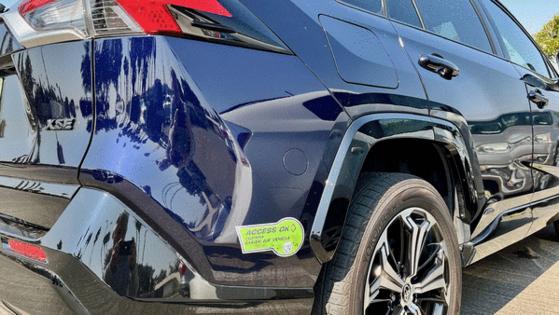


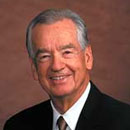



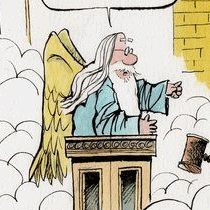
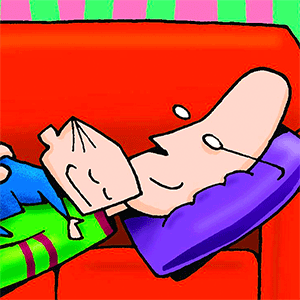

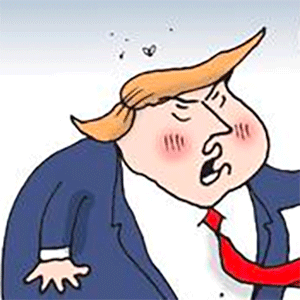
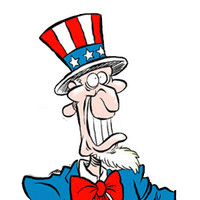
Comments